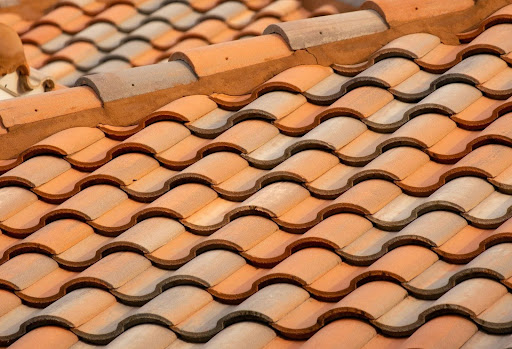Your roof is one of the most essential parts of your home’s structure, yet it’s often one of the most overlooked when it comes to routine maintenance. While homeowners may be diligent about mowing the lawn or changing HVAC filters, the roof tends to get attention only when a leak or major issue arises. By the time a problem becomes noticeable, the damage is often extensive—and expensive. Regular roofing maintenance might seem like a chore or an unnecessary expense, but in reality, it’s a smart investment that can lead to significant cost savings over time.
From prolonging the lifespan of your roof to preventing major structural damage and keeping energy bills in check, taking a proactive approach to roofing care can save thousands of dollars in the long run. In this article, we’ll explore the key reasons why consistent roofing upkeep makes financial sense and how it benefits your home’s integrity and value.
Extending the Lifespan of Your Roof
Roofs are built to endure decades of exposure to the elements, but without care, even the highest-quality materials can deteriorate faster than expected. Regular inspections and minor repairs go a long way in preserving the roof’s integrity. Issues like cracked shingles, pooling water, and loose flashing can gradually lead to more severe damage if ignored. By incorporating scheduled roof maintenance into your annual home care routine, you can identify and fix these small problems before they escalate. This consistent attention helps prevent premature aging and reduces the likelihood of needing a full replacement earlier than anticipated, ultimately maximizing the life of your roof.
Preventing Water Damage and Mold Growth
Leaks are often the first noticeable sign that something is wrong with a roof, but by the time water starts dripping into your home, the problem has likely been brewing for some time. Water intrusion can damage ceilings, walls, insulation, and even your home’s foundation. It also creates an ideal environment for mold growth, which poses serious health risks and requires costly remediation. Regular inspections can identify potential trouble spots—like worn sealant, deteriorating shingles, or blocked drainage areas—before water has a chance to seep in. Quick fixes and preventative measures can be done for a fraction of the cost of repairing widespread water damage or removing mold. Taking care of your roof means taking care of the entire home structure beneath it.
Reducing Energy Bills Through Improved Efficiency
You might not immediately associate your roof with energy efficiency, but it plays a crucial role in regulating indoor temperatures. A well-maintained roof contributes to better insulation and ventilation, helping to keep your home cooler in the summer and warmer in the winter. Damaged or poorly insulated roofing allows conditioned air to escape, forcing your HVAC system to work harder and raising your energy costs. Regular maintenance ensures that your attic and roof are ventilated correctly, that insulation is intact, and that there are no breaches in the roofing envelope. These checks help maintain energy efficiency, ultimately reducing monthly utility bills. Over a year—or the lifespan of your home—these savings can add up.
Maintaining Your Home’s Value and Curb Appeal
A roof in good condition does more than just protect—it enhances your home’s aesthetic and market value. Whether you’re planning to stay in your home long-term or sell it shortly, the state of the roof is a major factor in valuation. Potential buyers often request home inspections, and roofing problems can deter offers or be grounds for negotiation on price. A roof that’s been cared for shows that the homeowner has prioritized upkeep, giving buyers more confidence in the property’s condition. An unsightly or damaged roof can make the whole house appear neglected. Regular cleaning, minor repairs, and consistent inspections keep your roof looking its best and protect your home’s resale value.
Avoiding Emergency Repair Costs
Emergency roof repairs are among the most expensive kinds of home maintenance because they usually come with urgency, higher labor rates, and potentially severe collateral damage. A storm hits, and suddenly there’s a hole in your roof or a section has collapsed. The scramble to get someone out for immediate repair can cost double what a scheduled visit would, not to mention the expense of repairing any resulting interior damage. Routine maintenance can catch issues such as weakened spots, missing shingles, or aging materials that might otherwise fail during a weather event. Taking care of problems before they become emergencies allows you to plan and budget for repairs rather than paying a premium when disaster strikes.

Regular roofing maintenance might not be glamorous, but it’s one of the most practical and financially savvy decisions a homeowner can make. By taking a proactive approach, you can extend your roof’s life, protect your home’s structure, reduce energy bills, and avoid costly emergency repairs. Plus, you’ll preserve your home’s value and potentially lower insurance costs. A little attention now can prevent a lot of expense down the road—proof that when it comes to your roof, an ounce of prevention is worth a pound of cure.







